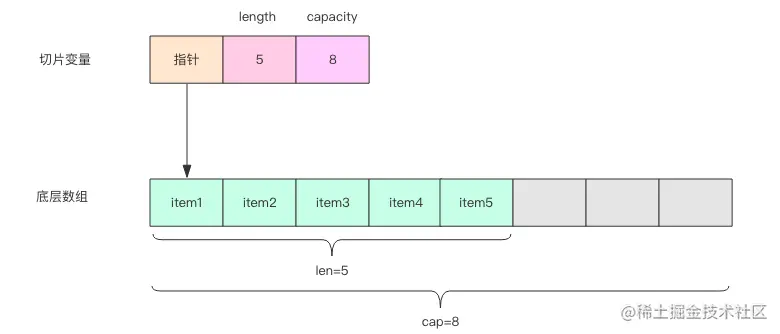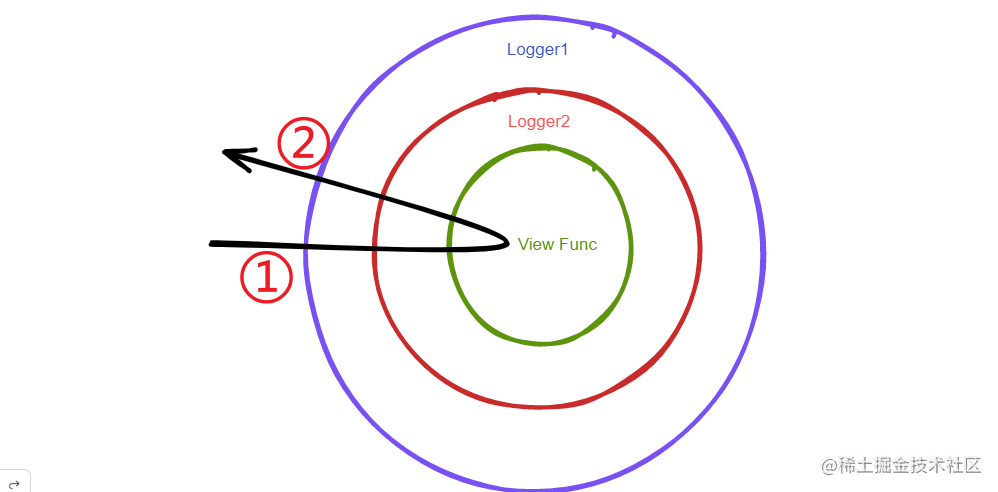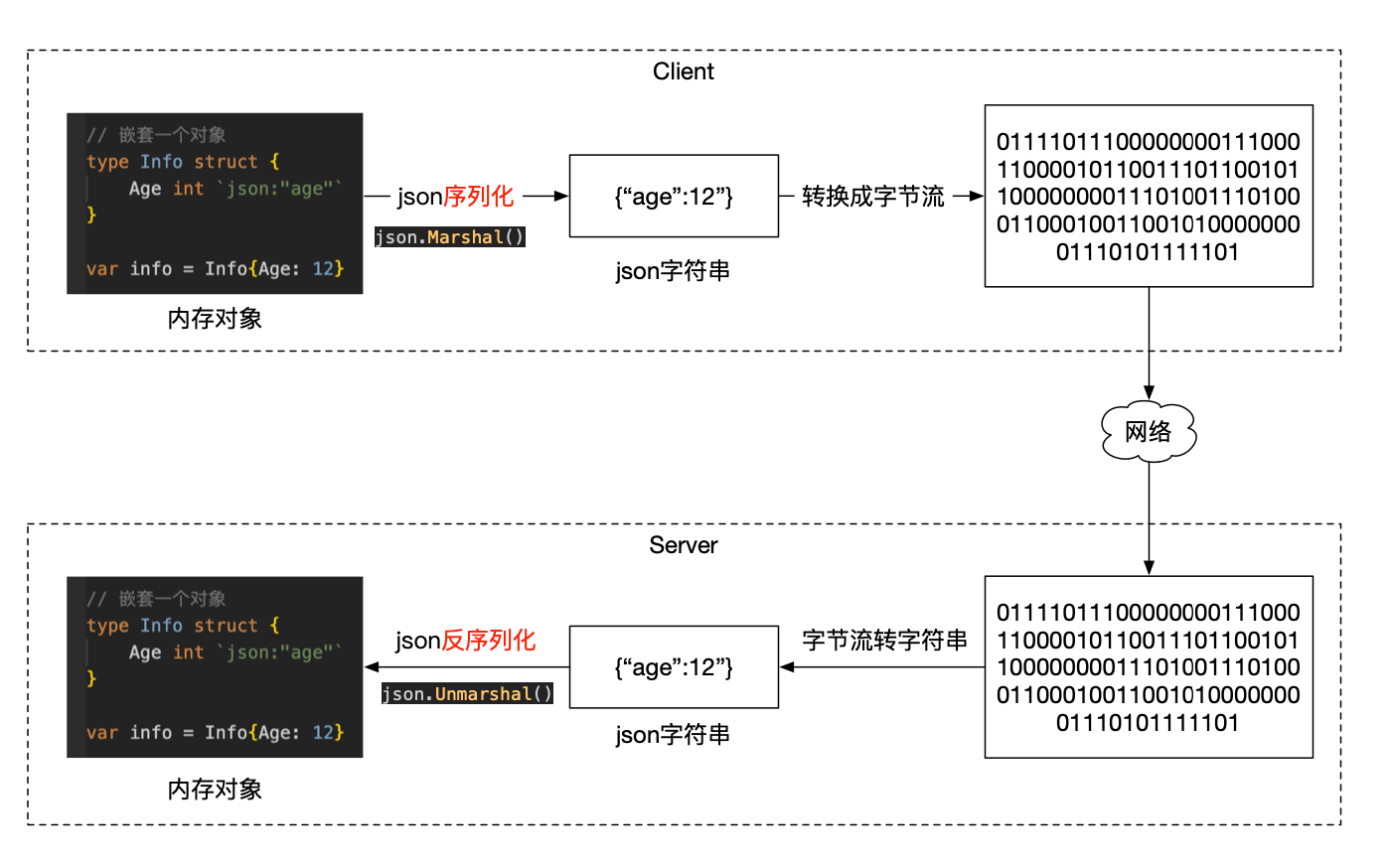前言
gRPC默认的请求的超时时间是很长的,当你没有设置请求超时时间时,所有在运行的请求都占用大量资源且可能运行很长的时间,导致服务资源损耗过高,使得后来的请求响应过慢,甚至会引起整个进程崩溃。
为了避免这种情况,我们的服务应该设置超时时间。
前面的入门教程
提到当客户端发起请求时候,需要传入上下文context.Context,用于结束超时或取消的请求。
本篇以简单RPC为例,介绍如何设置gRPC请求的超时时间。
客户端请求设置超时时间
修改调用服务端方法
1.把超时时间设置为当前时间+3秒
clientDeadline := time.Now().Add(time.Duration(3 * time.Second)) ctx, cancel := context.WithDeadline(ctx, clientDeadline) defer cancel()
2.响应错误检测中添加超时检测
// 传入超时时间为3秒的ctx
res, err := grpcClient.Route(ctx, &req)
if err != nil {
//获取错误状态
statu, ok := status.FromError(err)
if ok {
//判断是否为调用超时
if statu.Code() == codes.DeadlineExceeded {
log.Fatalln("Route timeout!")
}
}
log.Fatalf("Call Route err: %v", err)
}
// 打印返回值
log.Println(res.Value)完整的client.go代码
package main
import (
"context"
"log"
"time"
"google.golang.org/grpc"
"google.golang.org/grpc/codes"
"google.golang.org/grpc/status"
pb "go-grpc-example/6-grpc_deadlines/proto"
)
// Address 连接地址
const Address string = ":8000"
var grpcClient pb.SimpleClient
func main() {
// 连接服务器
conn, err := grpc.Dial(Address, grpc.WithInsecure())
if err != nil {
log.Fatalf("net.Connect err: %v", err)
}
defer conn.Close()
ctx := context.Background()
// 建立gRPC连接
grpcClient = pb.NewSimpleClient(conn)
route(ctx, 2)
}
// route 调用服务端Route方法
func route(ctx context.Context, deadlines time.Duration) {
//设置3秒超时时间
clientDeadline := time.Now().Add(time.Duration(deadlines * time.Second))
ctx, cancel := context.WithDeadline(ctx, clientDeadline)
defer cancel()
// 创建发送结构体
req := pb.SimpleRequest{
Data: "grpc",
}
// 调用我们的服务(Route方法)
// 传入超时时间为3秒的ctx
res, err := grpcClient.Route(ctx, &req)
if err != nil {
//获取错误状态
statu, ok := status.FromError(err)
if ok {
//判断是否为调用超时
if statu.Code() == codes.DeadlineExceeded {
log.Fatalln("Route timeout!")
}
}
log.Fatalf("Call Route err: %v", err)
}
// 打印返回值
log.Println(res.Value)
}服务端判断请求是否超时
当请求超时后,服务端应该停止正在进行的操作,避免资源浪费。
// Route 实现Route方法
func (s *SimpleService) Route(ctx context.Context, req *pb.SimpleRequest) (*pb.SimpleResponse, error) {
data := make(chan *pb.SimpleResponse, 1)
go handle(ctx, req, data)
select {
case res := <-data:
return res, nil
case <-ctx.Done():
return nil, status.Errorf(codes.Canceled, "Client cancelled, abandoning.")
}
}
func handle(ctx context.Context, req *pb.SimpleRequest, data chan<- *pb.SimpleResponse) {
select {
case <-ctx.Done():
log.Println(ctx.Err())
runtime.Goexit() //超时后退出该Go协程
case <-time.After(4 * time.Second): // 模拟耗时操作
res := pb.SimpleResponse{
Code: 200,
Value: "hello " + req.Data,
}
// //修改数据库前进行超时判断
// if ctx.Err() == context.Canceled{
// ...
// //如果已经超时,则退出
// }
data <- &res
}
}一般地,在写库前进行超时检测,发现超时就停止工作。
完整server.go代码
package main
import (
"context"
"log"
"net"
"runtime"
"time"
"google.golang.org/grpc"
"google.golang.org/grpc/codes"
"google.golang.org/grpc/status"
pb "go-grpc-example/6-grpc_deadlines/proto"
)
// SimpleService 定义我们的服务
type SimpleService struct{}
const (
// Address 监听地址
Address string = ":8000"
// Network 网络通信协议
Network string = "tcp"
)
func main() {
// 监听本地端口
listener, err := net.Listen(Network, Address)
if err != nil {
log.Fatalf("net.Listen err: %v", err)
}
log.Println(Address + " net.Listing...")
// 新建gRPC服务器实例
grpcServer := grpc.NewServer()
// 在gRPC服务器注册我们的服务
pb.RegisterSimpleServer(grpcServer, &SimpleService{})
//用服务器 Serve() 方法以及我们的端口信息区实现阻塞等待,直到进程被杀死或者 Stop() 被调用
err = grpcServer.Serve(listener)
if err != nil {
log.Fatalf("grpcServer.Serve err: %v", err)
}
}
// Route 实现Route方法
func (s *SimpleService) Route(ctx context.Context, req *pb.SimpleRequest) (*pb.SimpleResponse, error) {
data := make(chan *pb.SimpleResponse, 1)
go handle(ctx, req, data)
select {
case res := <-data:
return res, nil
case <-ctx.Done():
return nil, status.Errorf(codes.Canceled, "Client cancelled, abandoning.")
}
}
func handle(ctx context.Context, req *pb.SimpleRequest, data chan<- *pb.SimpleResponse) {
select {
case <-ctx.Done():
log.Println(ctx.Err())
runtime.Goexit() //超时后退出该Go协程
case <-time.After(4 * time.Second): // 模拟耗时操作
res := pb.SimpleResponse{
Code: 200,
Value: "hello " + req.Data,
}
// //修改数据库前进行超时判断
// if ctx.Err() == context.Canceled{
// ...
// //如果已经超时,则退出
// }
data <- &res
}
}运行结果
服务端:
:8000 net.Listing...
goroutine still running
客户端:
Route timeout!
总结
超时时间的长短需要根据自身服务而定,例如返回一个hello grpc,可能只需要几十毫秒,然而处理大量数据的同步操作则可能要很长时间。需要考虑多方面因素来决定这个超时时间,例如系统间端到端的延时,哪些RPC是串行的,哪些是可以并行的等等。
教程源码地址:https://github.com/Bingjian-Zhu/go-grpc-example
参考:https://grpc.io/blog/deadlines/
以上就是Go gRPC进阶服务超时设置的详细内容,更多关于Go gRPC超时设置的资料请关注好代码网其它相关文章!





